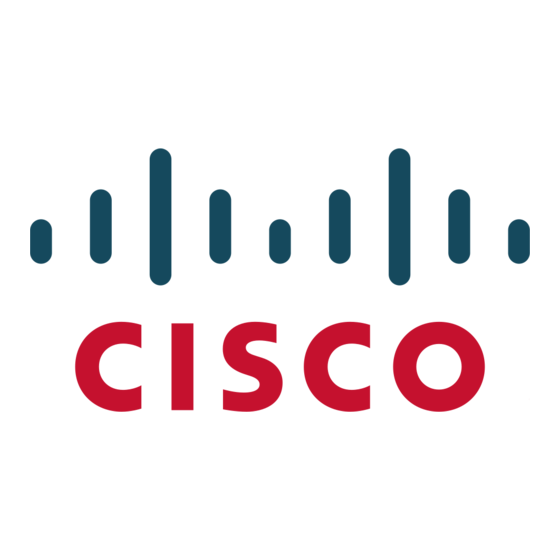Cisco 2975 - Catalyst LAN Base Switch 데이터시트 - 페이지 4
{카테고리_이름} Cisco 2975 - Catalyst LAN Base Switch에 대한 데이터시트을 온라인으로 검색하거나 PDF를 다운로드하세요. Cisco 2975 - Catalyst LAN Base Switch 14 페이지. Stackable switch
Cisco 2975 - Catalyst LAN Base Switch에 대해서도 마찬가지입니다: 시작하기 매뉴얼 (17 페이지), 제품 게시판 (2 페이지), 브로셔 (19 페이지)

© 2008 Cisco Systems, Inc. All rights reserved. This document is Cisco Public Information.
Intelligent PoE Management
The Cisco Catalyst 2975 PoE switch supports Cisco IP phones and Cisco wireless LAN access
points, as well as any IEEE 802.3af-compliant end device.
Cisco Discovery Protocol version 2 allows the Cisco Catalyst 2975 Switch to negotiate a
●
more granular power setting when connecting to a Cisco powered device, such as IP
phones or access points, than what is provided by IEEE classification.
The PoE MIB provides proactive visibility into power usage and allows you to set different
●
power level thresholds.
Link Layer Discovery Protocol (LLDP and LLDP-MED) adds support for IEEE 802.1AB link
●
layer discovery protocol for interoperability in multivendor networks. Switches exchange
speed, duplex, and power settings with end devices such as IP phones.
Availability and Scalability
The Cisco Catalyst 2975 LAN Base Switch is equipped with a large set of features that allow for
network scalability and higher availability through multicast filtering as well as a complete suite of
Spanning Tree Protocol enhancements aimed to maximize availability in a Layer 2 network.
Voice-aware 802.1x port security disables the offending data VLAN when a violation is detected
without affecting Voice VLAN on the same switch port. Enhancements to the standard Spanning
Tree Protocol, such as Per-VLAN Spanning Tree Plus (PVST+), UplinkFast, and PortFast help
maximize network uptime. PVST+ allows for Layer 2 load sharing on redundant links to efficiently
use the extra capacity inherent in a redundant design. UplinkFast, PortFast, and BackboneFast all
greatly reduce the standard 30- to 60-second Spanning Tree Protocol convergence time. FlexLinks
provide bidirectional, fast convergence in less than 100 milliseconds. The Loopguard and bridge
protocol data unit (BPDU) guard enhancements provide Spanning Tree Protocol loop avoidance.
Enhanced QoS
The Cisco Catalyst 2975 LAN Base Switch offers superior multilayer QoS features to help ensure
that network traffic is classified and prioritized and that congestion is avoided in the best possible
manner. Configuration of QoS is greatly simplified through automatic QoS (Auto QoS), a feature
that detects Cisco IP phones and automatically configures the switch for the appropriate
classification and egress queuing. This optimizes traffic prioritization and network availability
without the challenge of a complex configuration.
The Cisco Catalyst 2975 LAN Base Switch can classify, reclassify, police, mark, queue, and
schedule incoming packets and can queue and schedule packets at egress. Packet classification
allows the network elements to discriminate between various traffic flows and enforce policies
based on Layer 2 and Layer 3 QoS fields.
To implement QoS, the Cisco Catalyst 2975 LAN Base Switch first identifies traffic flows or packet
groups, then classifies or reclassifies these groups using the differentiated services code point
(DSCP) field or the 802.1p class of service (CoS) field. Classification and reclassification can be
based on criteria as specific as the source or destination IP address, source or destination MAC
address, or the Layer 4 TCP or UDP port. At the ingress, the Cisco Catalyst 2975 LAN Base
Switch also polices to determine whether a packet is in or out of profile, marks to change the
classification label, passes through or drops out of profile packets, and queues packets based on
Data Sheet
Page 4 of 14
